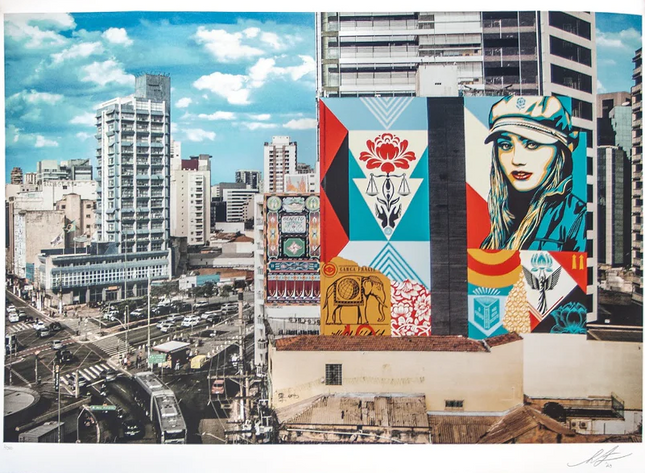
Graffiti street art is a form of urban expression that has been around for decades. It is often found on the sides of buildings, walls, and other public surfaces, and can range from simple tags to intricate murals. Buildings are a popular canvas for graffiti artists, as they offer a large and prominent space for their artwork to be seen by a wide audience. Graffiti street art can be used to transform a building into a work of art. An otherwise plain and unremarkable building can be transformed into a visually stunning piece of public art with the addition of graffiti. This is often done through the use of bright and bold colors, intricate designs, and powerful imagery. Buildings can also provide a powerful backdrop for graffiti street art. A building's unique features, such as its architectural style or historical significance, can be incorporated into a graffiti mural to create a visually striking and thought-provoking work of art. For example, a graffiti artist might use the windows and doors of a building as part of their design, or incorporate elements of the building's history into their artwork. In some cases, buildings are intentionally designed to be a canvas for graffiti street art. These buildings are often located in urban areas and are specifically designed to allow for graffiti artists to create their artwork. These buildings can be a powerful way to bring art to the public, and provide a space for artists to express themselves. However, not all graffiti street art on buildings is legal. Graffiti vandalism is a criminal act and can result in fines, community service, or even jail time. While some graffiti street art is done with the permission of the building owner or local authorities, much of it is done without permission and is therefore considered vandalism. Buildings are a popular canvas for graffiti street art due to their large size and prominent location. Graffiti street art can transform a plain building into a visually stunning work of art, or use a building's unique features to create a powerful backdrop for the artwork. While some graffiti street art is done with permission, much of it is done illegally and is therefore considered vandalism.


